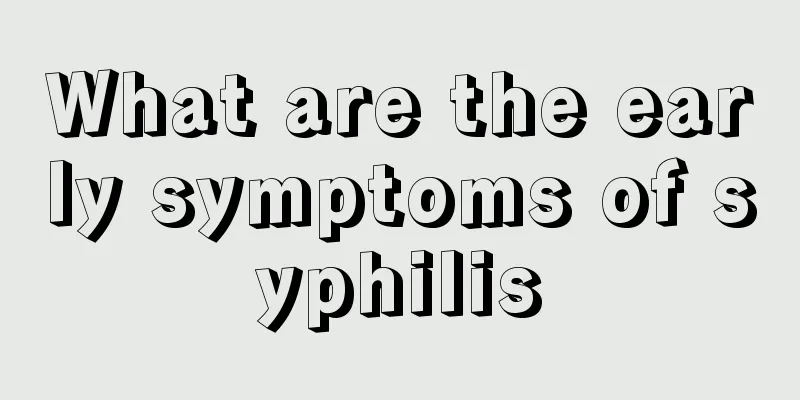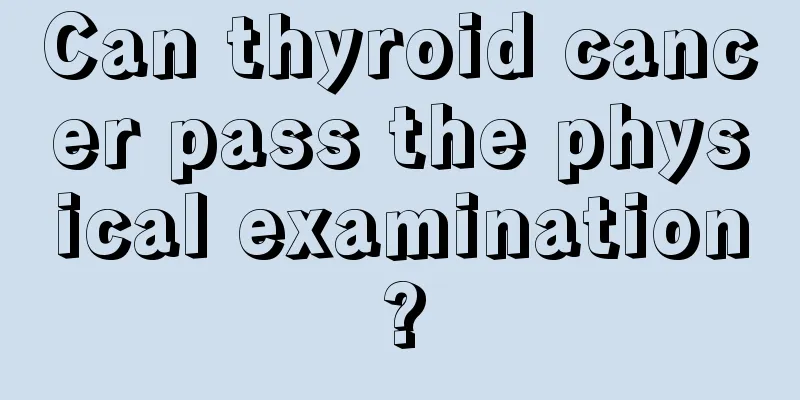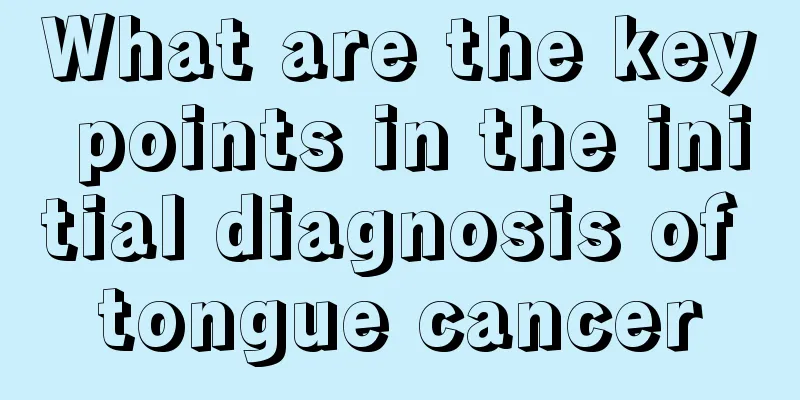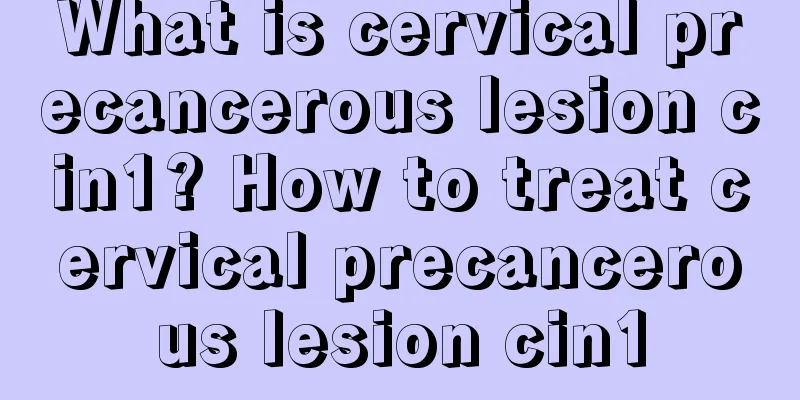What are the chemotherapy methods for bile duct cancer

|
What are the chemotherapy methods for bile duct cancer? Chemotherapy is a treatment method used for bile duct cancer, and it is also a way to cure bile duct cancer, so it is widely used in the treatment of bile duct cancer. However, the chemotherapy method for bile duct cancer needs to be determined according to the specific situation of the patient. So what are the chemotherapy methods for bile duct cancer? There are several types of chemotherapy for bile duct cancer: 1. Chemotherapy for cholangiocarcinoma - systemic chemotherapy In theory, patients with distant metastases are potential candidates for systemic chemotherapy. However, current experience with chemotherapy for hilar cholangiocarcinoma is limited. There are no large-scale phase III clinical trials, only some phase II clinical trials. Most of the studies reviewed recently were small, retrospective, single-center, and lacked controls, and the data quality was low. To date, chemotherapy has not shown a substantial improvement in survival in patients with resected or unresected cholangiocarcinoma. Most studies of chemotherapy for hilar cholangiocarcinoma have used 5-FU alone or in combination with other drugs such as cisplatin, methotrexate, folinic acid, mitomycin C, or interferon α. It can be administered by various routes including systemic administration, hepatic artery or intraductal infusion. 5-FU alone has little effect. 5-FU combined with cisplatin is considered one of the standard treatments, with a reported response rate of 20 to 40 percent. Other drugs such as interferon α and mitomycin C have a response rate of 10 to 30 percent when combined with 5-FU. Currently, a very promising agent is gemcitabine, with a reported response rate ranging from 20 to 30 percent. 2. Chemotherapy for cholangiocarcinoma - selective intra-arterial chemotherapy for interventional chemotherapy Indications: Relatively limited, only for advanced cancer that directly infiltrates the adjacent liver, arterial infusion chemotherapy should be performed before and after surgery to ensure surgical resection and the killing of residual cancer cells after resection. Arterial infusion chemotherapy for advanced cancer that infiltrates the liver and lymph nodes at the porta hepatis is an effective measure to control the development of cancer and should be performed regularly in conjunction with other measures. 3. Infusion method: Similar to liver cancer. The gallbladder artery originates from the right hepatic artery trunk. Early gallbladder cancer needs to be superselected to the right hepatic artery to the gallbladder artery for perfusion chemotherapy. The gallbladder artery is thin and difficult to superselect. The distal branch of the right hepatic artery can be embolized with gelatin sponge, and then perfused through the right hepatic artery trunk. Most of the drugs can enter the gallbladder artery. For gallbladder cancer that invades the anterior segment of the right lobe of the liver, intubation to the right hepatic artery trunk for perfusion chemotherapy can take into account both primary gallbladder cancer and invasive liver cancer. For patients who invade the liver and have lymph node metastasis such as the portal of the liver, the catheter only needs to be inserted into the common hepatic artery. The perfused drugs can enter the proper hepatic artery, gallbladder artery and gastroduodenal artery, while taking into account primary gallbladder cancer, invasive liver cancer and lymph node metastasis of the hepatoduodenal ligament. Patients with obstructive jaundice caused by compression of the bile duct by lymph node metastasis also need percutaneous biliary drainage, bile duct dilation or biliary stent implantation. 4. Chemotherapy for cholangiocarcinoma - selective arterial embolization therapy for interventional chemotherapy Indications and contraindications: When gallbladder cancer infiltrates the liver, anastomosis can be seen between the cystic artery and the right hepatic artery. If the blood supply trunk of these abnormal anastomotic branches can be superselected, embolization with iodized oil anticancer drug emulsion can be performed. In the early stage of gallbladder cancer, embolization of the gallbladder artery causes gallbladder necrosis; in the late stage of gallbladder cancer with lymph node metastasis, large-scale embolism causes severe reactions in the stomach and pancreas. The above two situations cannot be embolized. Although there have been some improvements in the chemotherapy of bile duct cancer, there are still some side effects of chemotherapy. Combined treatment with traditional Chinese medicine can reduce side effects and improve the effect of treatment. Traditional Chinese medicine such as ginsenoside Rh2 is widely used. Ginsenoside Rh2 is an effective anti-cancer component in ginseng. It can reduce the toxic side effects of chemotherapy, improve the effect of chemotherapy, and reduce symptoms such as decreased white blood cells and poor diet during chemotherapy. It can be used in combination during chemotherapy for bile duct cancer, and can also be taken for long-term prognosis and health care after chemotherapy. |
<<: Is chemotherapy effective for bile duct cancer?
>>: What are the clinical manifestations of pituitary tumors
Recommend
Is jogging good for patients with teratoma?
Is jogging good for patients with teratoma? Patie...
How can thick fingers become thinner?
People have always paid great attention to protec...
The most prominent symptom of cervical cancer is contact bleeding
The most prominent symptom of cervical cancer is ...
I was shivering all over when I was sleeping in the middle of the night
Feeling cold all over when sleeping in the middle...
How do sperm die?
Everyone knows that sperm are born in the testicl...
Why are my eyes always shedding tears?
Many people are confused when their eyes are alwa...
Pain in the joint where the thigh meets the hip bone
Pain in the joint where the thigh meets the hip b...
What treatment do patients with colon cancer need
At present, the treatment of colon cancer is main...
How to deal with salted kelp
Kelp is a common seafood, and many people like to...
Which department should I go to for suspected gout
If you experience joint swelling and pain, such a...
What vitamin is lacking when the skin itches
If your skin often itches, it is likely that you ...
Is massage useful in preventing kidney cancer?
As people's understanding of cancer deepens, ...
Uterine cancer patients should pay attention to their postoperative care methods as early as possible
Nowadays, more and more women may suffer from ute...
What is the reason for the heartache on the top of the head
Many people are familiar with the experience of h...
Clinical manifestations of lung cancer metastasis
Lung cancer is prone to distant metastasis or loc...









